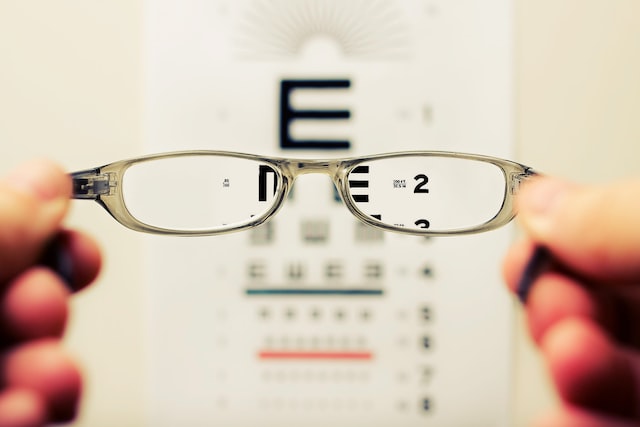Picture from Unsplash
Did you know that a blurry image can signify many different conditions? If you’re experiencing trouble reading street signs, seeing clearly from a distance, or detecting details in your surroundings, you may have blurred vision. Blurred vision is typically associated with older adults and those who are nearsighted. However, it can also be a symptom of other eye conditions that are more common among young people.
Table of Contents
1. You May Have Dry Eye
A dry eye can be a common cause of blurry vision. Dry eye occurs when too few tears are produced, and the tear film evaporates too quickly. This can happen for many reasons, including changes in your hormones, medications, excessive contact lens use, poor sleep habits, health conditions like diabetes, or even something as simple as spending too much time in front of a computer screen. In addition to causing blurry or hazy vision, dry eyes can also cause your eyes to become sensitive to light, feel irritated, itch, and become red. If you are experiencing dry eye symptoms, you should see your eye doctor talk about treatment options. Treatment may include artificial tears, lifestyle changes, medications, or wearing special contact lenses called goggles to help protect your eyes.
2. Your Prescription May Be too Strong.
If you’re experiencing a blurry image and have recently gotten a new pair of glasses, your unique prescription may be too strong. When getting new glasses, your eye doctor will prescribe the correction you need based on the power of your cornea and your eye length. If your prescription is too strong, your eyes will have difficulty focusing on nearby objects. When your eyes have a hard time focusing, nearby objects appear blurry. If the problem is only occurring when you’re reading, your doctor may recommend that you hold your book farther away from your face or try reading with a different posture. If the problem occurs with all near-vision tasks, your doctor may recommend trying a new prescription or having your corneal shape evaluated.
3. You May Have a Problem With Your Cornea.
Problems with your cornea can cause a blurry image. Corneal disorders can affect your cornea’s clarity and may generate blurry images. Corneal diseases that may cause blurry images include corneal dystrophies, corneal degenerations, and oedema. If you have a corneal disorder that is causing your image to be blurry, you may experience other symptoms like pain, watery eyes, sensitivity to light, or photophobia. If you notice any changes to your vision, such as seeing halos around lights, your doctor can test your corneal health to know if you have a problem with your cornea. They can also recommend treatment if necessary.
4. You May Be Experiencing Hyperopia or Having Difficulty Focusing.
If you’ve recently gotten new glasses, your vision may be blurry as your brain adapts to the new prescription. You may be experiencing hyperopia, or “farsightedness”, and have difficulty focusing on short-distance objects. You may have trouble adjusting to the new lenses if you’ve recently switched from wearing glasses to contacts. In both cases, your eyes may experience blurry images as they adapt to the new prescription. If the blurring lasts longer than a couple of days, however, you should go to the eye doctor to rule out other conditions that may be causing blurry images.
5. You Could Have a Condition Called Iridromic Instability.
Iridromic instabilities are a group of eye diseases that cause your iris to swell and your lens to become stiff, which makes it difficult for your eyes to focus correctly. If you have prodromic instabilities, you may notice that your vision gets blurry when you look at a close-up object or transition from a dark environment to a light background. You may also notice that your eyes feel very scratchy or irritated. You should see your eye doctor discuss treatment options if you have this eye condition. Treatment may include eye drops, eye injections, and a change in your glasses prescription.
Conclusion
A blurry image can be an unpleasant and scary experience. It can also be a sign of many different conditions. If you are experiencing blurry images, there are many ways to help relieve the symptoms. You can use eye drops, wear special goggles, or try changing your glasses prescription. You should also see your eye doctor for a proper diagnosis and treatment.















